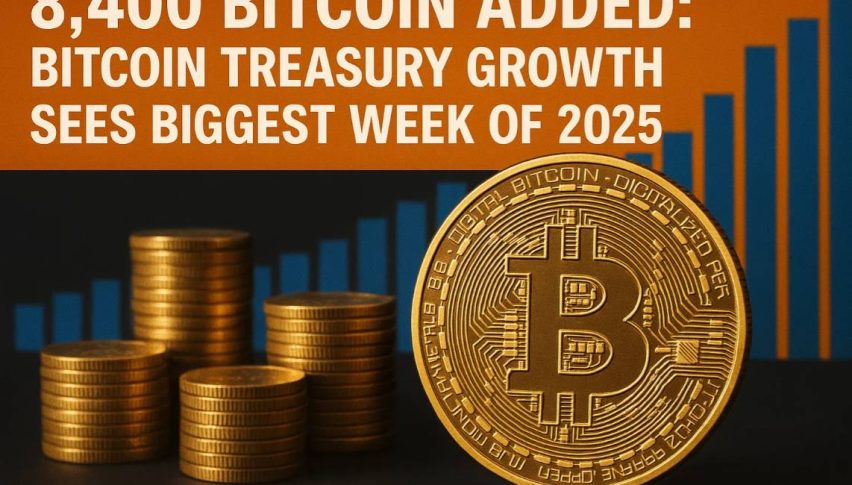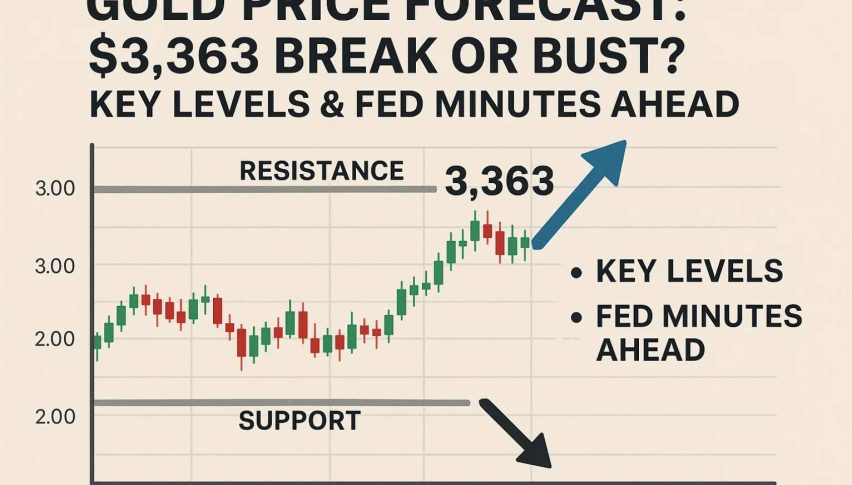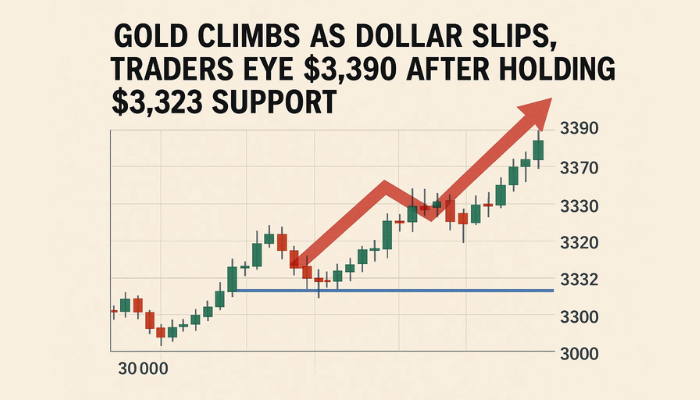Forex Signals Brief March 11: UK GDP and US Inflation CPI
This week the US CPI inflation and UK January GDP will highlight the week.

Last week started with the Swiss inflation CPI report for February on Monday, which was stronger than expected, keeping USD/CHF bearish throughout the week. On Tuesday the US ISM services came below expectations, which was the first soft piece of data from the US, with more to come later in the week.

On Wednesday, the ADP Non-Farm Employment Change and the JOLTS Job Openings also came on the soft side, which weighed on the USD dollar, while later in the afternoon the FED Jerome Powell added further to the bearish momentum after his comments during the testimony at the congress.
Powell confirmed that rate cuts are coming, which increased the odds in the market. The NFP employment report looked stronger on the headline, but there were caveats in the details, which sent the USD even lower on Friday. The European Central Bank held its meeting on Thursday but didn’t offer anything more than what we have heard recently.
Today’s Market Expectations
This week starts lightly, with the economic calendar being almost empty today, with only the Final Japanese Q4 CPI inflation which came at 0.1%, lower than the 0.3% expected. However, it kicks off tomorrow, with the US CPI inflation report which will increase volatility, followed by the UK figures for February on Wednesday and the retail sales from the US on Thursday.
Monday:
- Japan Final CPI: The Producer Price Index (PPI) measures the average changes in selling prices received by domestic producers for their output. It provides insights into inflationary pressures in the Japanese economy.
Tuesday:
- Japan PPI: The Producer Price Index (PPI) measures the average changes in selling prices received by domestic producers for their output. It provides insights into inflationary pressures in the Japanese economy.
- UK Labour Market Report: This report typically includes data on employment levels, unemployment rates, average earnings, and other labor market indicators. It offers valuable insights into the health of the UK labor market.
- US NFIB Small Business Optimism Index: This index measures the confidence of small businesses in the United States. It provides insights into the outlook for small business owners and their sentiment regarding economic conditions.
- US CPI: The Consumer Price Index (CPI) measures changes in the prices paid by consumers for a basket of goods and services. It is a key indicator of inflation in the US economy.
Wednesday:
- UK GDP: Gross Domestic Product (GDP) measures the total value of all goods and services produced within the UK. It is a key indicator of the country’s economic performance.
- UK Industrial Production: This report provides data on the output of the manufacturing, mining, and utility sectors in the UK. It offers insights into the performance of the industrial sector.
- Eurozone Industrial Production: Similar to the UK industrial production report, this data measures the output of the industrial sector in the Eurozone countries.
Thursday:
- US PPI: The Producer Price Index (PPI) measures the average changes in selling prices received by domestic producers for their output. It provides insights into inflationary pressures from the producer’s perspective.
- US Retail Sales: This report provides data on the total sales of retail goods and services in the United States. It is a key indicator of consumer spending, which drives a significant portion of economic activity.
- US Jobless Claims: This report provides data on the number of individuals filing for unemployment benefits in the United States. It offers insights into the labor market’s health and trends in jobless claims.
- New Zealand Manufacturing PMI: The Purchasing Managers’ Index (PMI) for the manufacturing sector in New Zealand measures business conditions, including factors such as production levels, new orders, and employment.
Friday:
- US Industrial Production: This report measures the total output of the industrial sector in the United States, including manufacturing, mining, and utilities. It provides insights into the overall level of industrial activity.
- US University of Michigan Consumer Sentiment Survey: This survey measures consumer confidence and sentiment regarding current and future economic conditions in the United States.
- PBoC MLF: People’s Bank of China (PBoC) Medium-term Lending Facility (MLF) is a monetary policy tool used by the central bank to manage liquidity and support financial institutions in China.
Last week was quite volatile in the forex market, particularly for Gold and cryptocurrencies and the stock markets, which dived on Friday after making new highs. We issued 17 trading signals in total, ending up with 5 losing ones and 12 winning forex signals, despite many reversals in the markets.
No Testing the 200 SMA Again
The surge in gold prices, particularly against the US dollar (XAU/USD), has been notable in recent months. The bullish trend has intensified over the last two weeks, driven by market expectations of potential interest rate cuts by the Federal Reserve (FED). This sentiment has been bolstered by mixed figures in the Non-Farm Payrolls (NFP) report released on Friday, which heightened uncertainty in the market. Following the release of the US NFP data, which displayed mixed figures, gold prices experienced another significant push to the upside. In response to the data, 10-year US bond yields fell to 4.04%, contributing to the bullish sentiment for gold. On Friday Gold prices soared to a new all-time high above $2,180 per ounce. This sharp rise reflects the strong demand for gold and investor confidence in its role as a hedge against economic uncertainties and potential future interest rate cuts by the Federal Reserve.
XAU/USD – Daily chart
GBP/USD Heading to 1.30 After Breaking the 200 SMA
BP to USD exchange rate has been trading within a relatively narrow range, fluctuating between key moving averages (MAs), with fluctuations roughly between 1.26 and 1.28. However, last week, there was a significant breakout to the upside in the GBP/USD pair, surpassing the resistance level and potentially opening the door for further gains towards the 1.30 level. This breakout occurred as the US dollar (USD) weakened following softer comments from Federal Reserve Chairman Jerome Powell. When Powell’s remarks indicated a more dovish stance or suggested potential delays in interest rate hikes or tapering of stimulus measures, it typically leads to a depreciation of the US dollar against other currencies.
USD/CAD – Weekly chart
Cryptocurrency Update
Bitcoin Retreating From $70,000
BTC had a tumultuous day yesterday, following a fresh all-time high the day before. Finding support near the 50-period Simple Moving Average (SMA) indicates a possible reversal in the short term. Your decision to initiate a buy signal at the support level appears to have been well-timed, given the subsequent price rebound. However, the failure to surpass the $70,000 threshold signals market resistance and in the last few sessions we have seen a retreat, sending BTC below the 20 SMA (gray).
BTC/USD – 60 minute chart
Ethereum Fails to Reach $4,000
ETH continued to rise Wednesday, despite a downward reversal after touching the $4,000 milestone, and found support above the 50-period Simple Moving Average (SMA) on the H4 chart. This support level is likely to have attracted buyers, resulting in a price comeback. ETH reached new year highs of $3,900, indicating renewed positive momentum in the market. Traders will most likely keep a careful eye on the price activity to see if ETH can continue its upward trend and maybe surpass the $4,000 barrier in the near future.
ETH/USD – 240 minute chart
- Check out our free forex signals
- Follow the top economic events on FX Leaders economic calendar
- Trade better, discover more Forex Trading Strategies
- Open a FREE Trading Account


